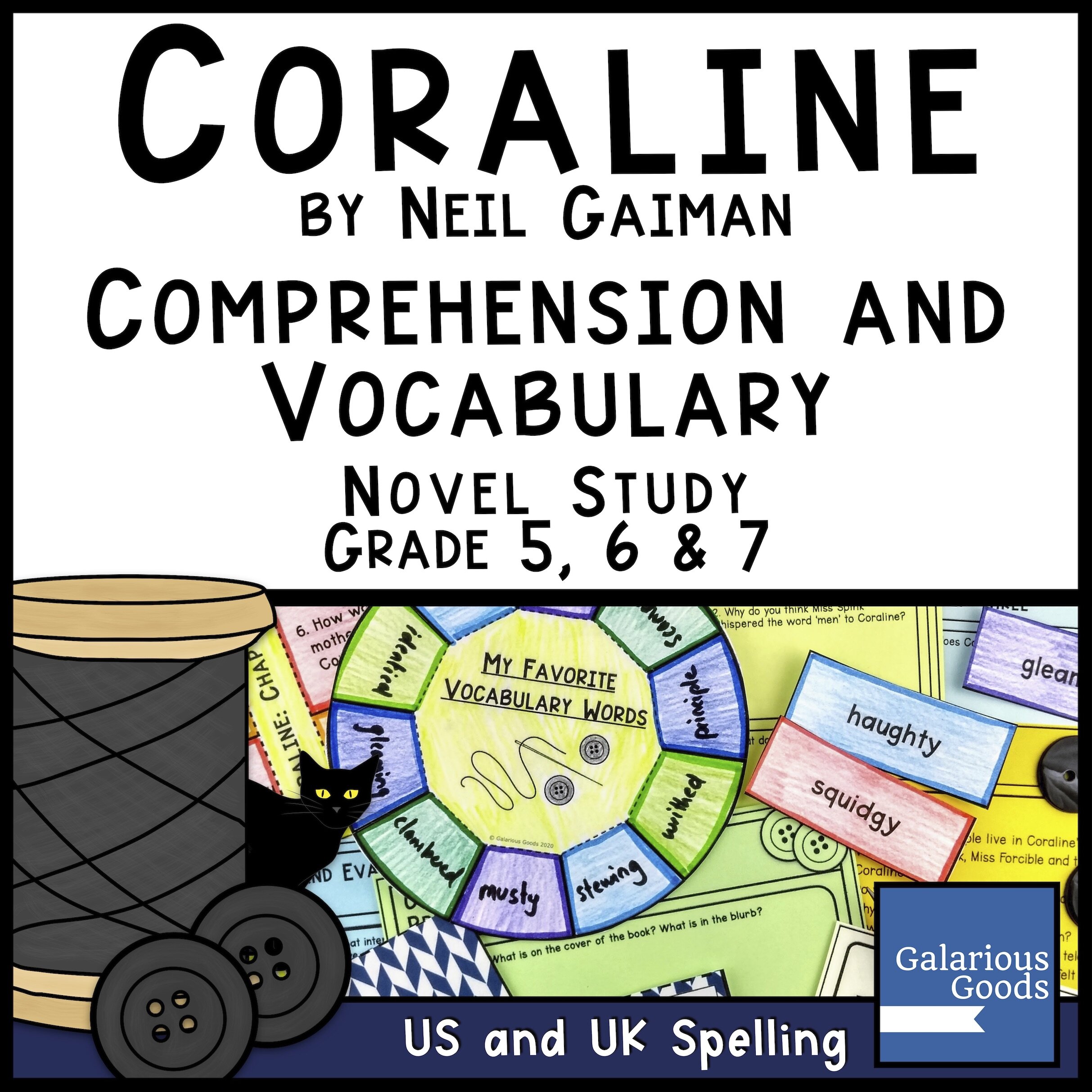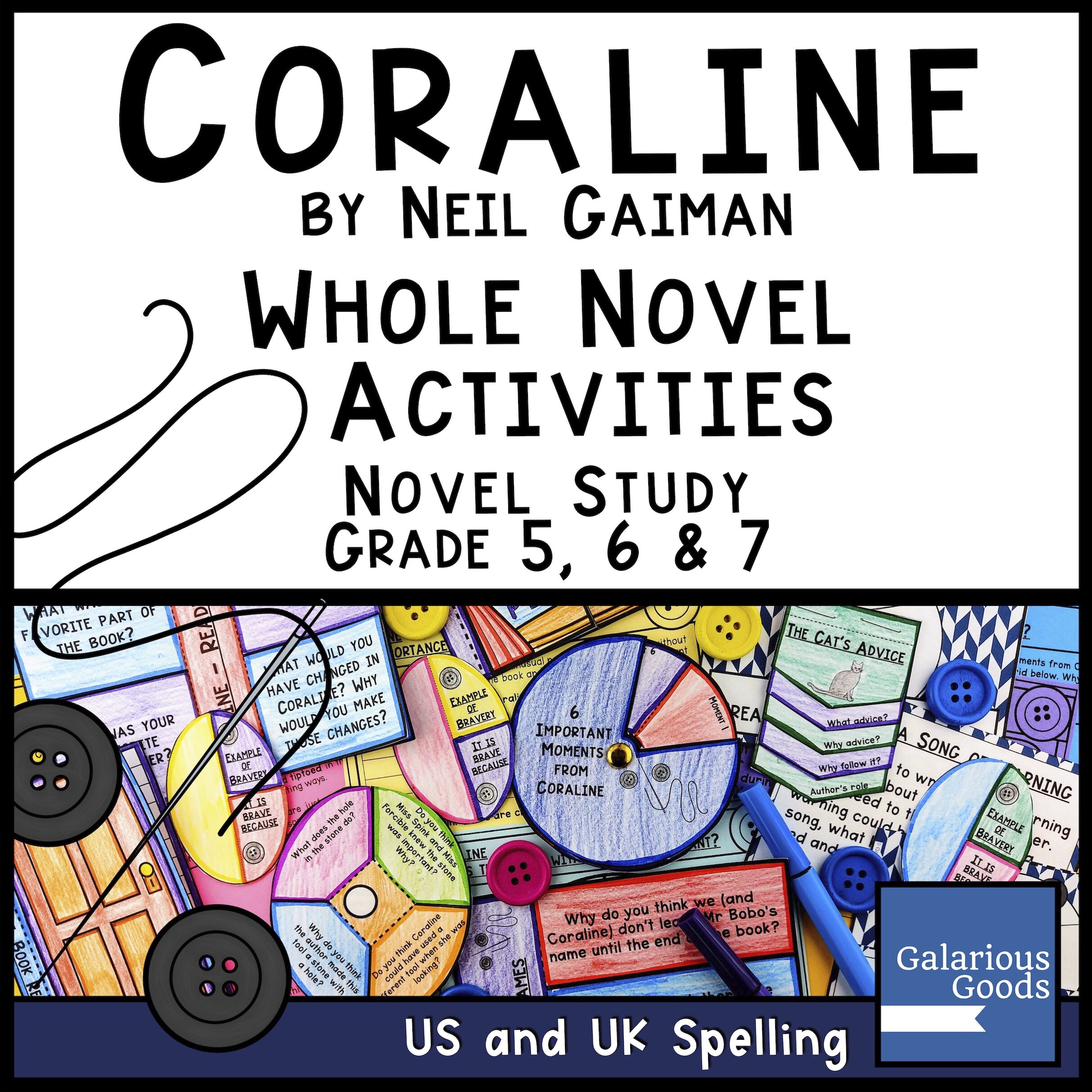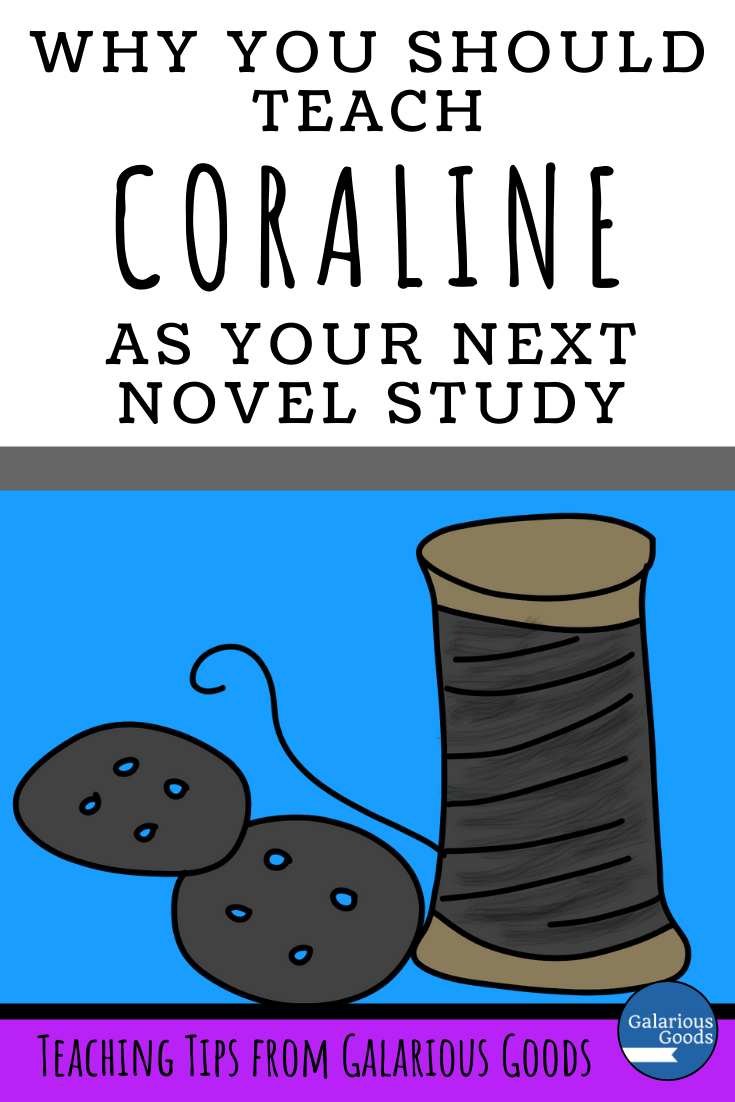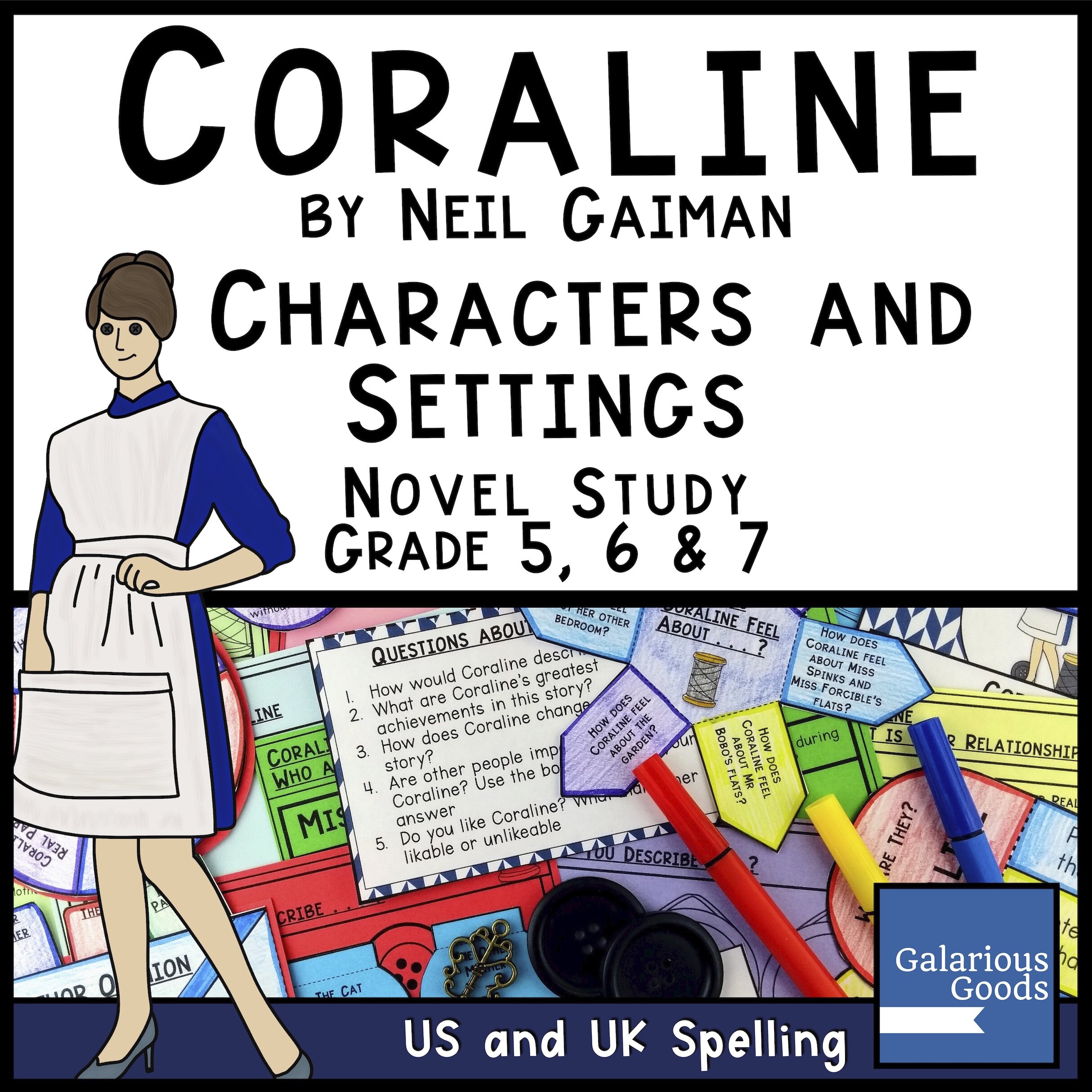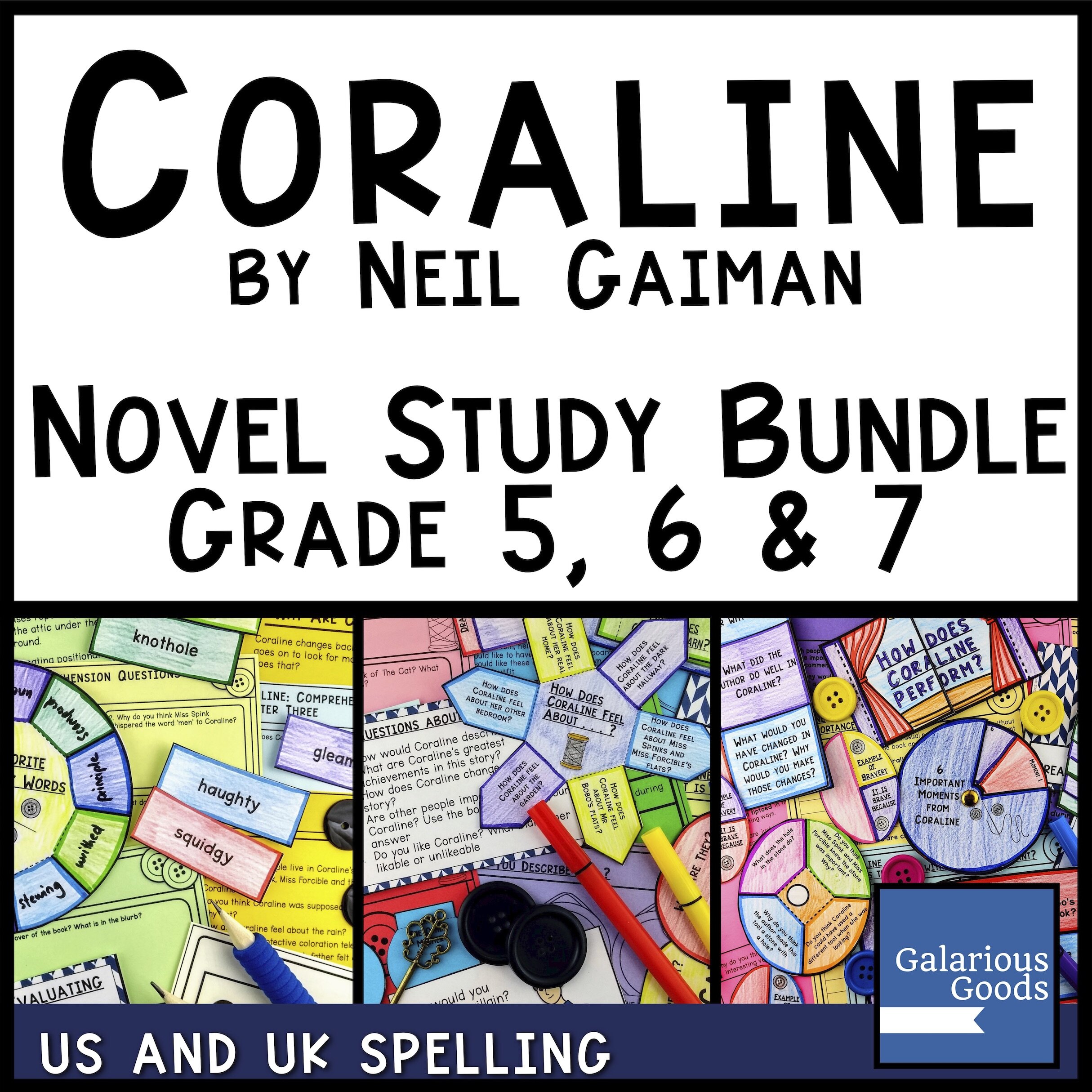The Power of Settings When You’re Teaching Coraline
/What will be on the other side of that locked door? This is the question asked early on in the Neil Gaiman novel Coraline. As Coraline reaches up to get the key and turns it in the door, we aren’t sure whether there’ll still be bricks there, or if there’ll be something else there.
Just like this moment, the other settings in Coraline are filled with a little bit of uncertainty - which is why they’re so exciting to explore in the classroom!
The settings tell us a lot about the themes and ideas of Coraline. From the woods which aren’t really woods and just take her back to the ‘other’ house, to the flat where her neighbours live in (both in the ‘real’ world and in the ‘other’ world) to the well in the yard of the real house. As students work their way through the novel, it’s worth taking the time to explore the settings in more detail, allowing students to better understand it.
Here’s some ways you can explore the settings in more detail:
Create a List of the Important Settings in Coraline
What are the most important settings in Coraline and why are they important? This is a question which students can ask themselves as they are reading the story - maybe reserving a part of their notebooks or contributing to a collaborative list of important settings. Once they’ve finished reading the book, students can review the list and identify which of the settings are most important and why. Students can then take this further by identifying which of the settings are most important to which character and why.
Describing a Setting from Coraline
If students have identified the important settings from Coraline, they can extend it further by describing the setting. Asking students to describe a setting in their own words - or to draw and describe it - requires them to really focus on what is - and isn’t included in that setting. As students are describing it, you can further prompt them to think about what people might see, hear or feel in that setting.
Creating a Map of Settings
Coraline is one of those books where the characters need to go on a journey to solve a problem. As she goes on the journey, she visits a range of settings. This can be explored in the classroom as students look at the journey to create a map of the settings.
As students make a map, they can explore which places Coraline chose to visit and why she chose those places. They can look at how her emotions change in the different places she visits and whether the setting has any influence over those emotions. They can also explore who she encounters in each of those settings and how that impacts the plot of the story.



